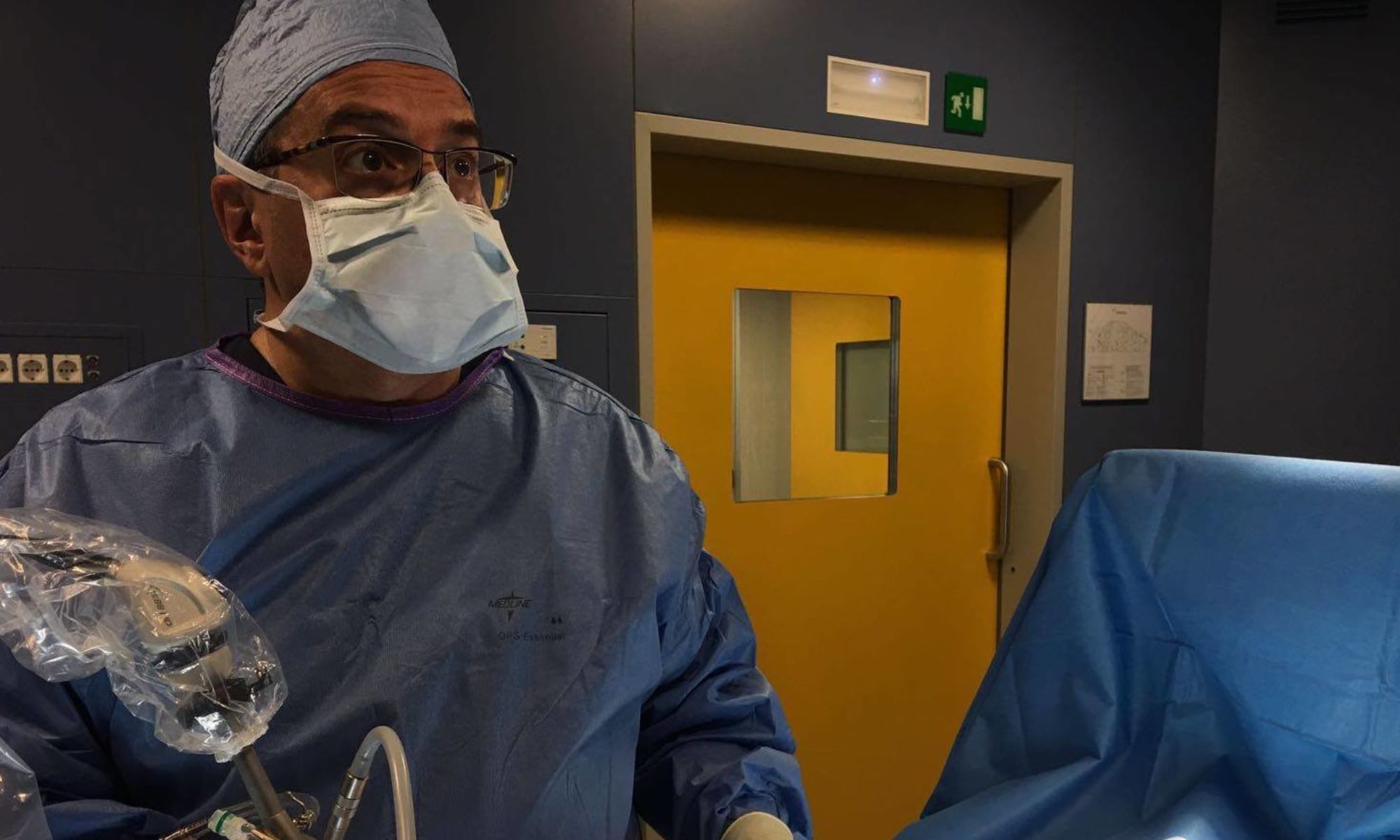[vc_row row_type=”0″ row_id=”” blox_height=”” video_fullscreen=”true” blox_image=”” blox_bg_attachment=”false” blox_cover=”true” blox_repeat=”no-repeat” align_center=”” page_title=”” blox_padding_top=”” blox_padding_bottom=”” blox_dark=”false” blox_class=”” blox_bgcolor=”” parallax_speed=”6″ process_count=”3″ video_url=”” video_type=”video/youtube” video_pattern=”true” row_pattern=”” row_color=”” maxslider_image1=”” maxslider_image2=”” maxslider_image3=”” maxslider_image4=”” maxslider_image5=”” maxslider_parallax=”true” maxslider_pattern=”true”][vc_column width=”1/1″][vc_column_text]DEFINITION
The colpocistodefecografia radiological investigation is dynamic that simulates the act of defecation, allowing you to document the relationships between the various organs of the pelvic floor obiettivandone the morpho-functional disorders through a static evaluation (at rest, in maximum voluntary contraction of the pelvic muscles, in straining) and dynamic (during the evacuation); is the investigation of choice in the diagnosis of rectal-anal issues related to an alteration of the dynamics Pelviperineal.
This method is indicated for:
• Chronic / ODS constipation (syndrome obstructed defecation)
• Rectal prolapse, genital and bladder
• Urinary and fecal incontinence[/vc_column_text][vc_row_inner][vc_column_inner el_class=”” width=”1/2″][vc_single_image image=”291″ alignment=”center” border_color=”grey” img_link_large=”” img_link_target=”_self” img_size=”full”][/vc_column_inner][vc_column_inner el_class=”” width=”1/2″][vc_column_text]The colpocistodefecografia is indicated in the study of all diseases involving multiple organs of the pelvic floor as anterior rectocele, prolapse of the rectum, internal rectal prolapse, rectal prolapse outdoor full, descending perineum syndrome, syndrome pubo- rectal, pelvic dyssynergia, enterocele.
The survey is performed by opacification of the rectum Barium contrast of texture similar to fecal material, painting of the anal canal, opacification of the vagina and bladder. It also performs opacification of the small loops to evaluate the presence of enterocele and sigmoidocele with contrast drank about an hour before the exam).[/vc_column_text][/vc_column_inner][/vc_row_inner][vc_column_text]The patient is made to sit on a special chair of radiolucent material and, under fluoroscopic observation, radiographs are taken in brick-side position at rest, the highest elevation of the pelvic floor, under coughing, stress does not defecation, during defecation and under post-defecation. The various maneuvers performed by the patient not only allow you to view any morphological abnormalities but also to evaluate the effectiveness of continence systems and the relationships of the various pelvic organs during defecation or under stress highlighting possible functional alterations responsible for the difficulty in defecation.
fecal and urinary continence is also assessed, rectal residue which is the amount of contrast medium that stagnates after evacuation.
With this method it is possible to diagnose:
• Intussusception and rectal mucosal prolapse, rectocele visible as a bulging that comes out of the line of the anterior rectal wall that occurs during straining.
• Enterocele may be suspected when there are aspects of the loops of the small intestine between the rear wall of the vagina and the anterior wall of the rectum or a widening of the rectovaginal space.
• Lowering of the pelvic floor, bladder and genital prolapse
• Dyssynergia puborectalis muscle
PREPARING CISTO DEFECOGRAPHY
In the three days before the exam:
AVOID Fruits – Vegetables – Milk – Dairy
TAKE White rice – Lean meat – ham – Eggs – Thé – Water at will
The day before the exam:
8 am Light breakfast
Hours 12 White rice
Assume 4 hours 14 envelopes of SELG-ESSE 1000 each dissolved in 1 liter of water (total 4 liters of solution to drink in 2 hours)
Or take six (6) envelopes ISOCOLAN each dissolved in a pint of water (a total of 3 liters of solution to drink in 2 hours).
Or assume MOVIPREP Envelope Envelope A + B dissolved in a liter of water followed by a second liter of solution (A + Envelope Envelope B)
After taking the solution it is not allowed to eat solid foods until the execution of the examination. And ‘it allowed to drink water or tea at will.[/vc_column_text][vc_row_inner][vc_column_inner el_class=”” width=”1/3″][ultimate_modal icon_type=”none” modal_title=”Get informed consent” modal_contain=”ult-html” modal_on=”button” onload_delay=”2″ btn_size=”lg” btn_bg_color=”#140a75″ btn_txt_color=”#ffffff” modal_on_align=”center” txt_color=”#f60f60″ modal_size=”medium” modal_style=”overlay-cornerbottomleft” overlay_bg_color=”#333333″ header_text_color=”#333333″ modal_border_width=”2″ modal_border_color=”#333333″ modal_border_radius=”0″ btn_text=”Get informed consent”]
Informed consent diagnostic tests anorectal
[/ultimate_modal][/vc_column_inner][vc_column_inner el_class=”” width=”1/3″]
[/vc_column_inner][vc_column_inner el_class=”” width=”1/3″]
[/vc_column_inner][/vc_row_inner][/vc_column][/vc_row]
